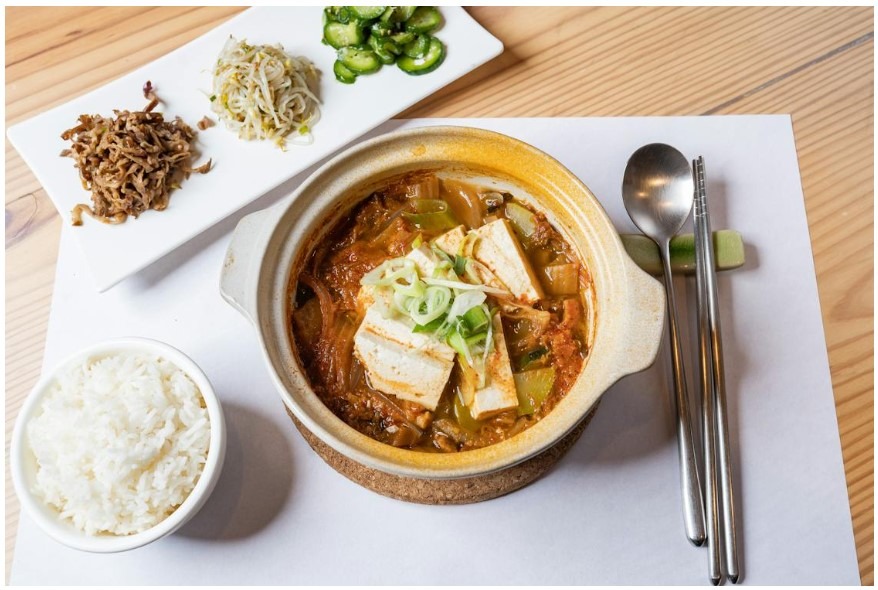Korean cuisine is gathering serious momentum, with Korean restaurants now popping up all over the world and various Korean delights being cooked up in home kitchens everywhere. Many of the popular dishes from the country originate on the streets, with the country’s wonderful street food options standing out for so many foreign visitors. They don’t always deliver in terms of deliciousness, though.
In fact, there are a number of prominent street food items that tend to divide opinion among travelers and the Korean public alike. Street food culture is certainly huge in the country, though. People spend hours sampling various dishes in some of the country’s finest markets; YouTube channels like Korean Englishman shine a light on some of the nation’s most wonderful street-cooked treats, while there are even games with a food truck theme like the Yum Yum Powerways game that is being explored by gaming audiences everywhere. Street food in this part of the world is certainly done right.
As we’ve already touched on, though, there are some street food options currently being served up in Korea that aren’t for everyone. Below is a look at just some of them.
Bungeoppang
While many Koreans have an affinity with bungeoppang after consuming it for years, it isn’t something that everyone will necessarily enjoy. An unusual fish-shaped golden pastry that is filled with red beans, the crispy edges are a favorite for many, but the red bean filling doesn’t always satisfy the tastebuds of foreign visitors. Still, it’s worth trying if you’re ever in Korea, particularly if you can get your hands on ice bungeoppang, a much better version of the treat as it comes with ice cream.
Beondegi
Definitely an acquired taste that many people from Korea have been devouring for centuries, beondegi is another type of street food that many people wouldn’t even consider munching on. A classic South Korean street food consisting of silkworm pupae insects that have been boiled or steamed, it can be found all over the country and offers a strong dose of protein.
Sannakji
Many people prefer raw fish overcooked fish, and that’s certainly the case with many dishes in Korea. In fact, raw fish with a dab of ssamjang and green tea is eaten commonly throughout the country, with sannakji essentially being another variety of it. A dish that consists of raw baby octopus that is chopped and usually served with sesame oil, this healthy street food dish isn’t everyone’s cup of tea, but it’s still well worth sampling for yourself.
Dalgona
In the modern world, Korea’s dessert game is right up there with the very best of them. Despite having a solid reputation in this area, there are some more traditional offerings that deserve a try but won’t neccessarily satisfy your tastebuds. One of them is certainly dalgona, a traditional candy that was seen by the world in the smash-hit show Squid Game. Made from a combination of sugar and baking soda, this brittle biscuit snack can be found on the streets of Korea pretty much anywhere, and it’s a particular favorite among younger consumers who attempt to break off the exterior without ruining the shape, as seen in Squid Game.
Hodu-gwaja
Essentially, walnut cookies that are enjoyed during the colder months in the country, hodu-gwaja contain both walnuts and red bean paste to create a go-to cookie for millions of Koreans. While it isn’t liked by everyone, it has been prominent in the country since 1934 and is steeped in history. For that reason alone, it’s worth trying if you’re exploring the streets of Korea in the winter.

